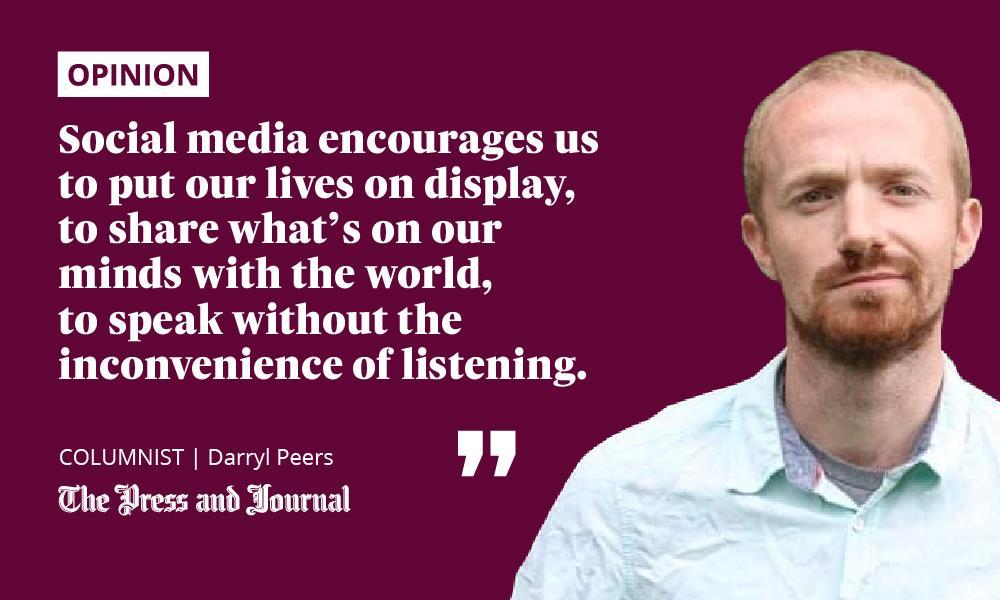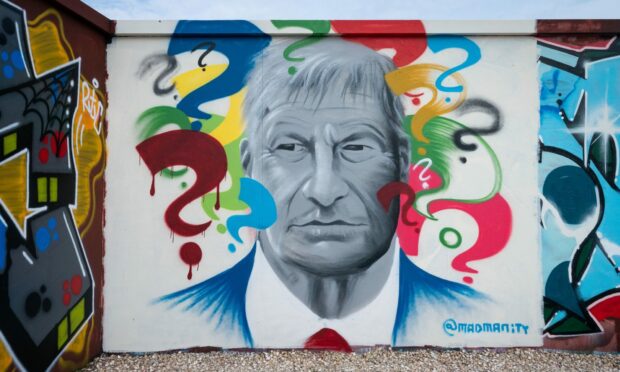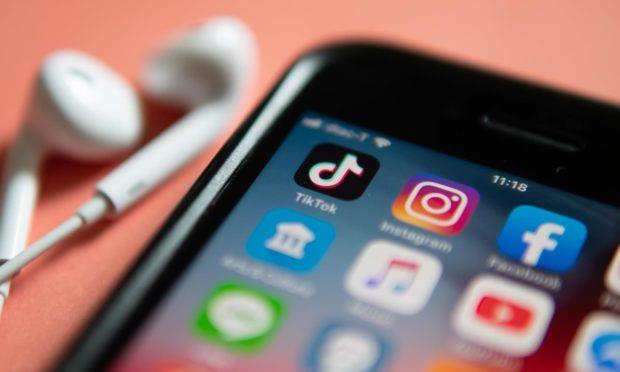Following the murder of Sir David Amess, there has been renewed attention on the abuse that MPs receive on social media.
Online abuse is a widespread problem, with high profile cases of footballers being subjected to racism on Instagram and Twitter.

Social media giants like Facebook are dragging their feet over meaningful reform to their monitoring procedures. This is unsurprising, given the industry tradition whereby these companies view themselves simply as platforms, with no responsibility for what is shared on them.
Let’s not mistake that for a principled position. Social media companies are businesses; Facebook, Twitter, and Instagram seek to maximise the money they make out of their users.
These are not interfaces made to facilitate meaningful connections between people, even if that’s how they are marketed. They are designed to keep our attention for as long as possible, to funnel our interest towards income-generating content and advertising – even if all we want to do is send a private message.
Who are your social media posts for?
I am increasingly concerned by the number of people who seem to use the platforms uncritically, thinking that, for example, a public happy birthday post on their friend’s Facebook page is a meaningful way of connecting with them.
The question which comes to mind when I see posts like this is: who is this for?
Social media encourages us to put our lives on display, to share what’s on our minds with the world, to speak without the inconvenience of listening. These platforms are about presenting an intentional version of your personality to the world, without the awkwardness of in-the-moment decisions or the implications of our uglier feelings.
You can delete and retype messages as many times as you need, take several photos until you look the “right” way, record and re-record videos until you’re happy with the degree of authenticity.
And then you can put it out there for the world to see. The popularity of TikTok has cemented the idea that a single social media post could change your life – if it’s funny enough, if you’re pretty enough, if you’re real enough, or if you stumble into the algorithm in the right way.
We are distracted and indifferent
Platforms like TikTok think they’re putting power in the hands of the public to choose who becomes successful. This week, I heard a smug executive from YouTube tell the Today programme how they were better than the BBC because they’ve made content creation more democratic. This is a dangerous line of argument.
Our current prime minister is an example of showing just how much can be swept under the carpet when you’ve got a whimsical persona to hand
The idea here is that anyone could go viral, so if we work hard enough – if we’re talented enough – we can ensure it’s us. TikTok and YouTube think they’re new, but this is the same twaddle that was being peddled by The X Factor in the 2000s.
YouTube, TikTok, and Instagram reward the whimsical – the funny five-second clip that bears being played repeatedly because someone puts on a silly voice – and they call that talent. We have to be careful, because this definition slips out into wider political and cultural life.
Our current prime minister is an example of this trend, showing just how much can be swept under the carpet when you’ve got a whimsical persona to hand.
What is popular on TikTok is defined by what grabs attention instantaneously. How can we be surprised that there is widespread indifference to the climate crisis when we live in a culture which places such value on the obvious, the immediate, and the uncomplicated?
This is the number one thing that social media companies do: they encourage us to ignore the real and replace it with something that looks good instead. Why work on having friendships which are fulfilling in your day-to-day life when you can solicit the envy of onlookers with a brassy birthday post on your pal’s Facebook page?
Condemning abuse online is still ‘content’
Since we are becoming well-practiced in pretending, and in ignoring what is really going on, then it’s not a stretch to understand why online abuse is still so pervasive. What happens to a public condemnation of abuse when it is itself “content” posted on platforms designed to attract and monetise followers?
The online abuse directed at MPs and footballers, among many other public figures, is utterly dehumanising. But, social media has already dehumanised the ways in which we interact with each other.
At least 70 racial slurs on my social accounts counted so far. For those working to make me feel any worse than I already do, good luck trying 👍🏾
— Marcus Rashford MBE (@MarcusRashford) May 26, 2021
It’s already prioritising inauthentic, fake friendships, which are marketable and popular, over the unmarketable and unpopular, the gritty, the day-to-day, the boring. In other words, the real.
If we can call out the insidiousness and the emptiness in whimsical social media posts, then we put ourselves in a better place to call out and prevent overt online abuse.
Darryl Peers is a writer from the north-east of Scotland












